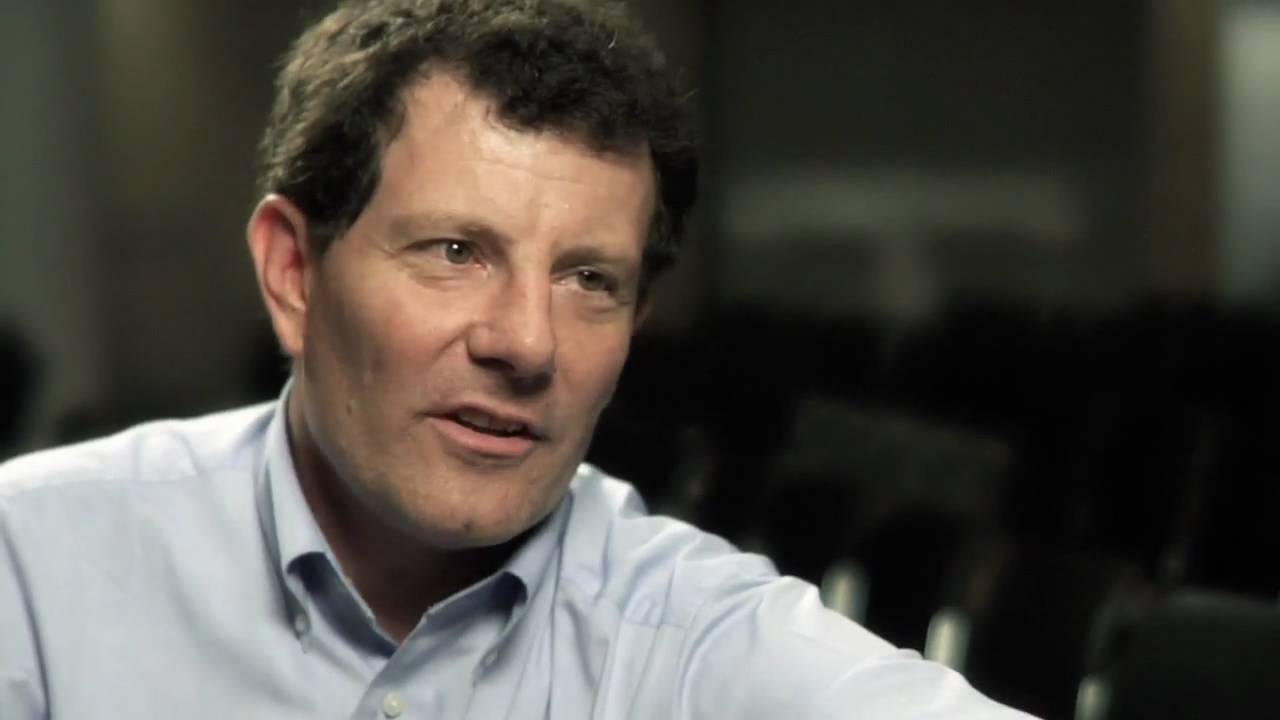In a New York Times Sunday review feature, “The Two Israels,” Kristof not only presented a one-sided assessment of the situation of the Negev Bedouin community but unintentionally used apartheid imagery. Not only does its title suggest an apartheid situation but he characterized the recognized Bedouin towns as “Indian reservations;” the US equivalent of South African black townships.
This image would be rejected by Hura mayor Mohammed Alnabari. Under his administration, Hura gained call center jobs, initiated the Women’s Catering Enterprise that produces meals for Bedouin schools, developed a joint project with a nearby kibbutz to produce high value-added produce, and begun a project with the Jewish National Fund to raise mixed heads of sheep and goats for organic meat and dairy products. And the government has provided substantial subsidies to firms that hire Bedouin workers in the new industrial park in Rahat and through other employment initiatives.
Kristof could have consulted the OECD. It approved Israeli membership on the basis of substantial improvements in employment initiatives, infrastructure – roads, transportation networks, sewage facilities – and a dramatic improvement in Bedouin schooling that increased substantially student test scores. Specifically, in 2000, the share of Jewish and Arab children in preschool programs was 85% and 49%, respectively. Dan Ben-David reported that while the share of Jewish children was virtually the same in 2010, the share of Arab children increased to 71%. In 2007/8 35% of Arab but only 19% of Jewish classrooms had more than 35 students. As a result of additional funding, by 2010/11 only 15% of Arab classrooms compared to 11% of Jewish classrooms suffered overcrowding; and it was 10% for Bedouin schools. Together with other initiatives during this time period, the Myers-JDC-Brookdale Institute reported that the scores on the GEM standardized exams for Arab fifth graders increased by more than 40% for Bedouin Negev students.
While Kristof correctly noted the funding problems towns face, he neglected to mention steps being taken to rectify this situation. After Sukkuy and Injaz documented the government funding inequality Arab towns faced, the government tax ministry publicly agreed that these disparities should be addressed.
It is also curious that even though his major human rights focus has been on the abuse young women face, Kristof neglected to mention the severe patriarchal constraints that limit Bedouin women. While their situation has improved substantially in the last decade: more Bedouin women have access to education and lives outside their tribal communities, patriarchal constraints are still substantial. Too many Bedouin women continue to be unable to leave their home village – and sometimes their own homes – without being accompanied by a male relative.
While the government could do more, critics like Kristof should not trivialize the sustained efforts made and the improvements realized; and they should understand that there is still a long way to go before the vast majority of Bedouin are free from patriarchal constraints.
http://blogs.timesofisrael.com/nicholas-kristofs-quasi-apartheid-imagery/









